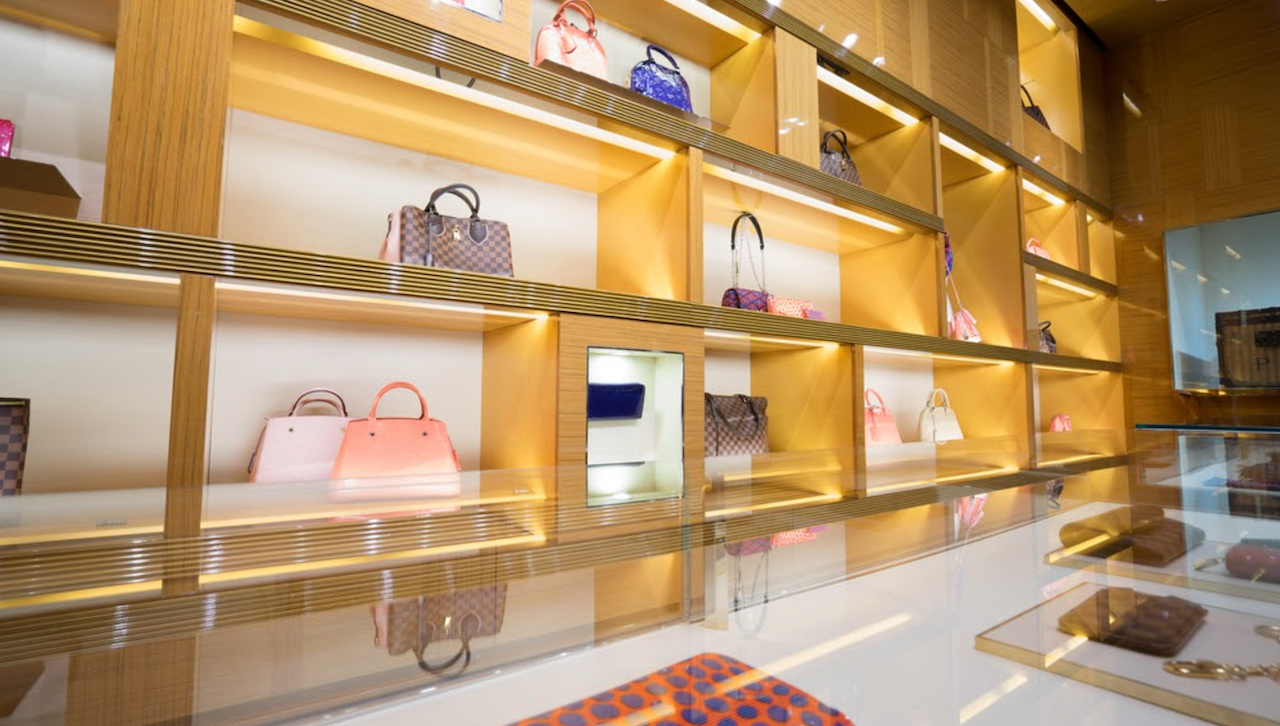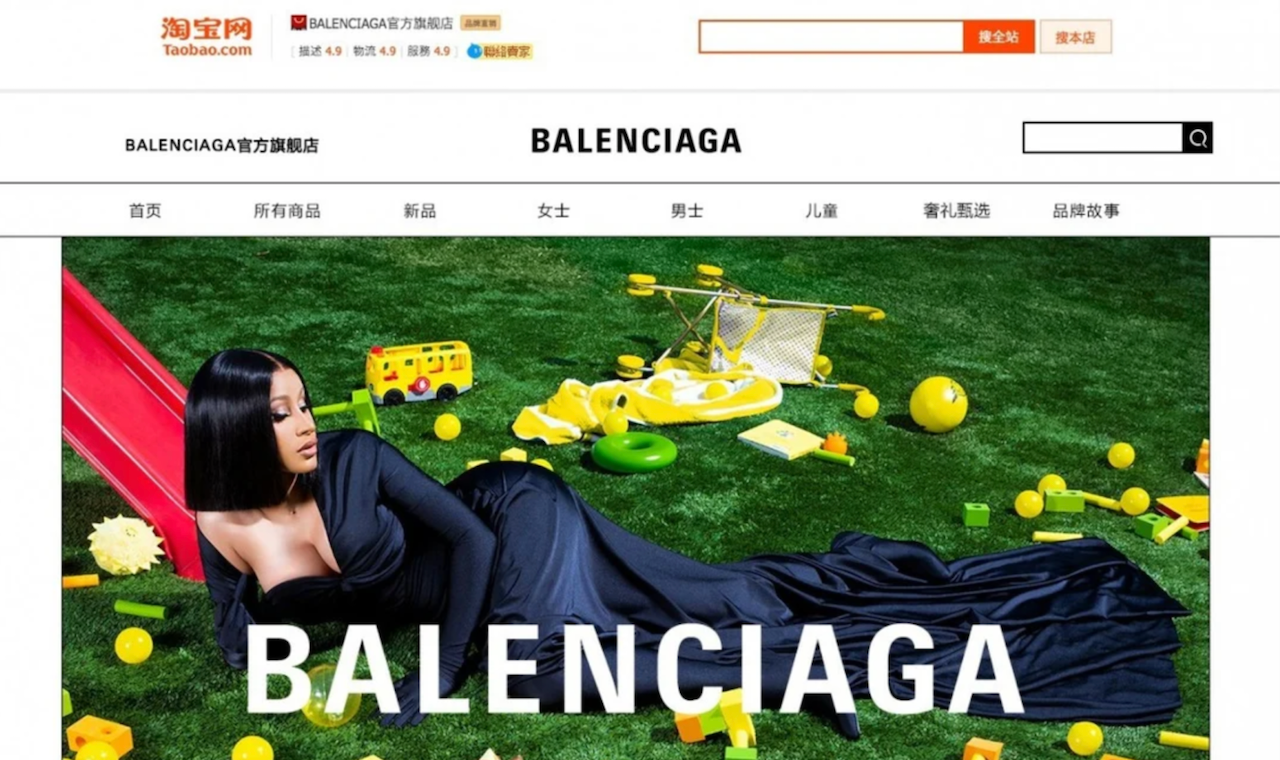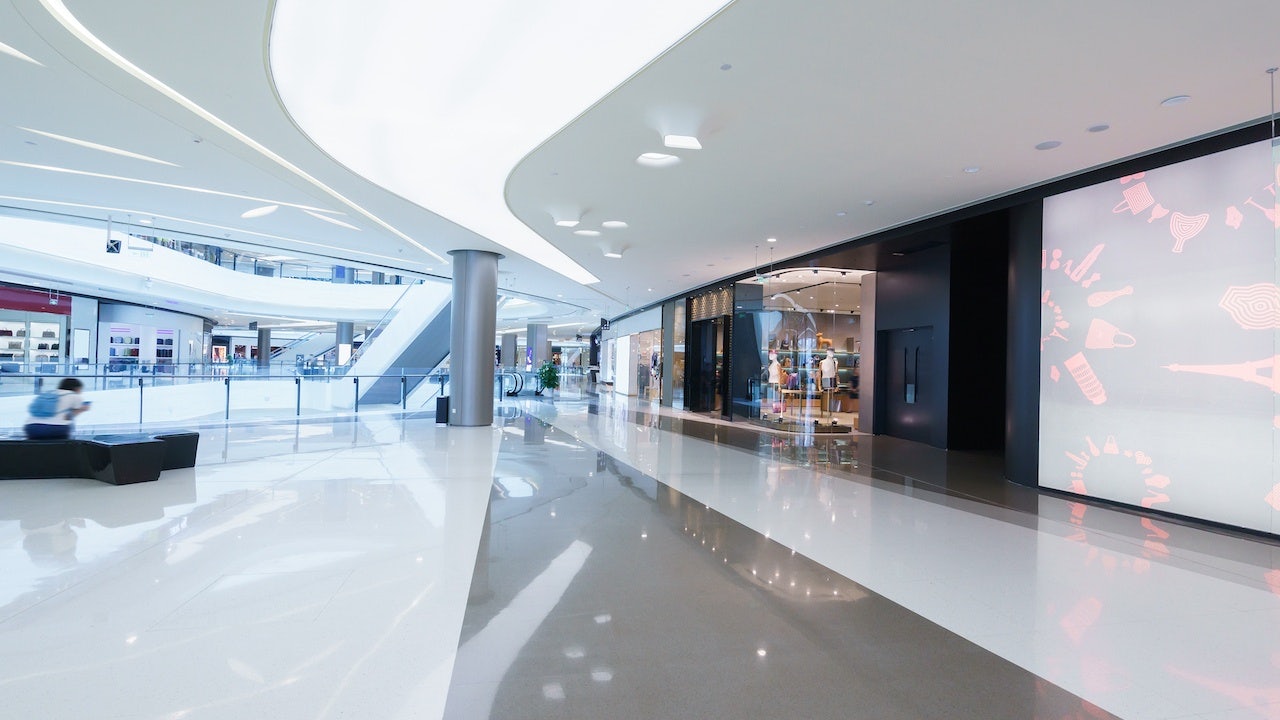In this five-part series, Jing Daily looks into the lessons that every brand should learn from the evolution of content commerce in China since the start of the Covid-19 pandemic in early 2020. We will publish one piece every week, with the full series to be made available for download as a PDF.
Introduction#
The year 2020 posed a historic challenge for brands across the consumer spectrum, upending marketing budgets and plans set months in advance and sending revenue plummeting as consumers in key markets remained housebound during extended lockdowns. By the end of the first quarter of 2020, economies and corporate bottom lines around the world had been hit hard by the coronavirus pandemic, shutting down any chance of a normal year.
As Covid-19 spread through China and then the rest of the world, marketing and event plans instantly became irrelevant, leaving leadership teams with no choice but to go back to the drawing board. For many, though, it was already too late.
This was clearly the case in the luxury industry. According to a Bain & Company study released in November 2020, the core personal luxury goods market contracted last year for the first time since 2009, recording a 23 percent drop at current exchange rates — the largest recorded decline since the consulting firm began tracking the industry.
In most major markets, the loss of international tourism and belt-tightening by local consumers sent luxury revenue plunging. In Europe, where the luxury industry is heavily dependent on spending by tourists, regionalconsumption in the sector fell by nearly 40 percent in 2020, while the Americas dropped 27 percent and Japan saw a 24 percent decline.

Hey Big (Revenge) Spender#
As it was in the aftermath of the Global Financial Crisis (2007-2009), China emerged as a rare bright spot for the luxury industry, as the central government moved rapidly to bring the coronavirus under control with strict lockdowns that affected more than half of the population. As China began reopening throughout the second and third quarters of 2020, the rest of the world was caught in the throes of a worsening pandemic, leaving Chinese citizens deprived of the opportunity to travel overseas, where they typically spend billions on luxury goods every year. As a result, Chinese consumers made far more high-end purchases domestically in 2020, fueling a major rebalancing of the industry in the process (and sending companies scrambling to adapt).
In 2020, the mainland Chinese luxury market was the only one in the world to finish the year in the black, rising by an estimated 45 percent to 48 percent. According to a December 2020 report from Bain & Company and Alibaba, the result was that China’s overall share of the global luxury market nearly doubled to 20 percent, up from 11 percent in 2019. Even though a broad recovery of the global luxury market is expected by 2023, potentially affecting China’s current 20 percent market share, the country remains on track to become the world’s largest single luxury market by 2025.
China’s dominant position in luxury during 2020 was helped along by the gradual return to normalcy in the late spring and summer. As brick-and-mortar outlets reopened, consumers leapt to satisfy pent-up demand by way of “revenge spending,” and by July brands such as Loewe, Louis Vuitton and Prada were able to organize substantial in-person events.
Meanwhile, soaring demand for Swiss luxury watches saw exports to China rise by 17 percent between January and November 2020 (while other markets dropped), making it the world’s top export market for Swiss luxury watches for the first time.
But a recovery in China’s luxury industry and other related markets such as beauty, health, and wellness cannot simply be explained by the surge in “revenge spending” and a meaningful (but still limited) number of brand events. Rather, a major contributing factor was the speed with which brands pivoted — and consumers responded — to digital content-commerce marketing strategies.
Cloud Living#

In late Janaury 2020, as the extent of the coronavirus epidemic came to light and much of China shut down, life for newly housebound consumers moved largely onto the cloud. In the weeks and months that followed, hundreds of millions of Chinese had to adjust to a new, at-home and online normal, from remote work to relying heavily on food delivery apps to spending hours glued to their smartphones for entertainment.
China’s coronavirus restrictions were announced right before the eve of the Lunar New Year, after many Chinese had already traveled to their hometowns for the country’s biggest holiday. Thus, entertainment and marketing quickly shifted to formats conducive to those stuck at home with little else to do but watch streaming programs, browse e-commerce platforms, and scroll through their social media feeds.
In a move that has by now become familiar to television audiences around the world, the popular talk show “Day Day Up” (天天向上) changed to a “cloud-based” format with hosts broadcasting from their living rooms instead of studios. In the weeks that followed, audiences tuned into livestreamed runway shows during fashion weeks, and influencers could be seen participating remotely in online events, cosmetics tutorials, and virtual product releases rather than attending the usual sponsored cocktail parties or exhibitions.
For any brand, reaching consumers stuck indoors for weeks at a time meant putting any plans for physical marketing or events at brick-and-mortar locations on ice, and instantly switching efforts to entertaining online content that could hold the audience’s attention and facilitate online purchases.
Cloud living endured even as China reopened up during the summer, with many consumers showing a continued willingness to engage with brands online and make big-ticket purchases via platforms such as Tmall Luxury Pavilion, which added many luxury names including Cartier, Balenciaga, and Gucci Beauty in 2020. All indications point to this as a long-term trend with major marketing implications in terms of what consumers buy and how they do it. The current appetite for e-commerce livestreaming, community group-buying, health and wellness, and a comfortable “homebody lifestyle” balanced with cravings for new experiences are here to stay.

Driving Revenue In Tough Times#
Entertainment is the common thread that binds many of these trends. As brand licensing expert Steven Ekstract noted in December 2020, “E-commerce works best when consumers are entertained while they shop, so content has really driven commerce.” But emotions come into play as well. “Brands that are fun and that entertain create greater emotional connections with consumers, who will buy more of those brands’ products as a result,” said Ekstract.
In early 2021, China saw a resurgence in reported Covid-19 cases in areas around the country, and the government responded by ordering local lockdowns as needed and issuing a nationwide call for citizens not to travel during the Spring Festival period, upending the usual plans for family reunions for many. Many Chinese once again returned to “cloud living” to stay connected with friends and families during this time.
Any brand facing the prospect of a challenging 2021 can learn a great deal from the Chinese market and the techniques and strategies used by brands to drive revenue during tough times. These strategies reflect the effective application of content-commerce, or the merging of brand-created content that entertains consumers and provides them with a clear and seamless path to purchase.
We have designed this series as a primer on how China is winning at content-commerce, and what brands, retailers, and tourist destinations in the West can and should learn. Whether through brand-funded shows, e-commerce livestreaming, collaborations, or brand films, many companies in China have succeeded at creating effective content-commerce through trial and error. But in 2021, the well-oiled machine that is content-commerce in China will transform from a nice-to-have to a must-have for any company worldwide.

